FOR PATIENTS
About xylazine (aka Tranq)
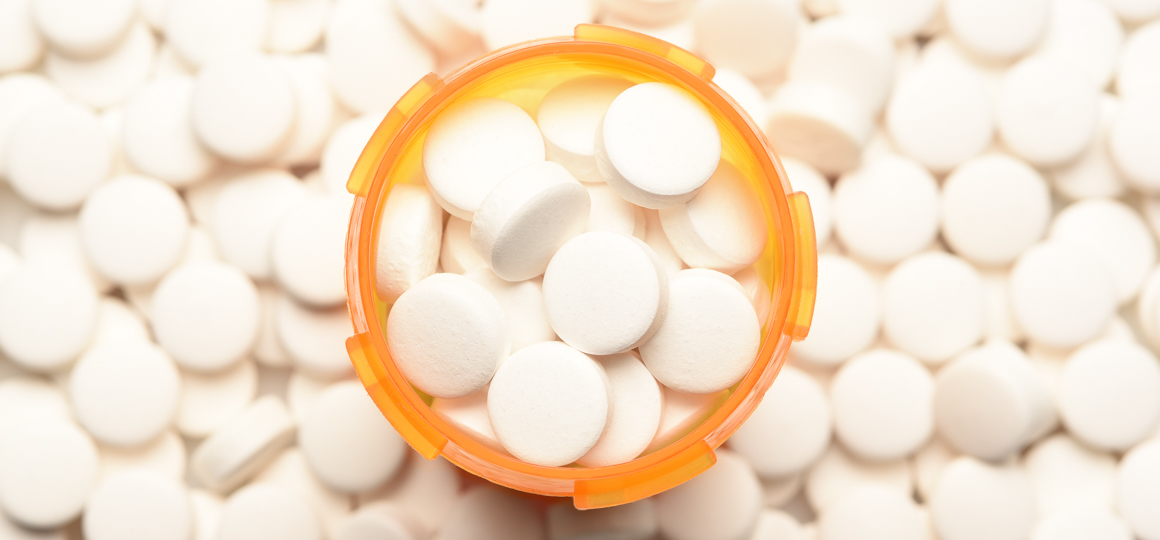
What is xylazine?
Xylazine is a veterinary tranquilizer not approved for human use. It is a sedative, or downer, and can make you extremely drowsy. Xylazine alone does not usually stop people from breathing.
When xylazine is present in fentanyl or other drugs, it may be referred to as tranq or tranq-dope. Xylazine does not respond to naloxone—but fentanyl does. If someone is unresponsive and/or not breathing, naloxone will reverse the opioid overdose. If xylazine is combined with fentanyl, the person may start breathing again but remain sedated.
Unregulated drug supplies in the United States sometimes include xylazine. While it is more common on the east coast right now, it has been identified in Washington state. You may not know that xylazine is present in your drug supply. The only way to know whether xylazine is present in a substance is to use drug checking services, including testing strips or more sophisticated laboratory machinery, which may be available at harm reduction and syringe service program sites. You can also get your own xylazine testing strips at some sites. Find harm reduction service locations on our service map.
Learn more about drug checking results in Washington state from University of Washington’s Addictions, Drug, and Alcohol Institute.
The effects of xylazine
Xylazine can make the effects of fentanyl last longer and increase the likelihood of losing consciousness. Its use is associated with serious wounds. These wounds are not always connected to an injection site and can occur with any type of ingestion, including smoking and snorting. Xylazine overdoses can cause low and unstable blood pressure and can be fatal even without fentanyl present.
Harm reduction strategies
- Continue to carry naloxone, keep your phone charged, leave doors unlocked, and try not to use drugs alone. If you are by yourself, you can call the Never Use Alone overdose prevention lifeline at 877-696-1996.
- Consider drug testing when possible.
- Consider using smaller amounts of drugs to test their potency, especially with new supplies.
- Share your experiences with people you know and ask them about theirs.
- Try to keep all wounds or open skin clean, dry, and protected.
- Xylazine wounds get worse quickly. Severe wounds can require surgery or cause blood infections. If you have a wound that isn’t healing or is getting worse, you may want to seek help sooner rather than later.


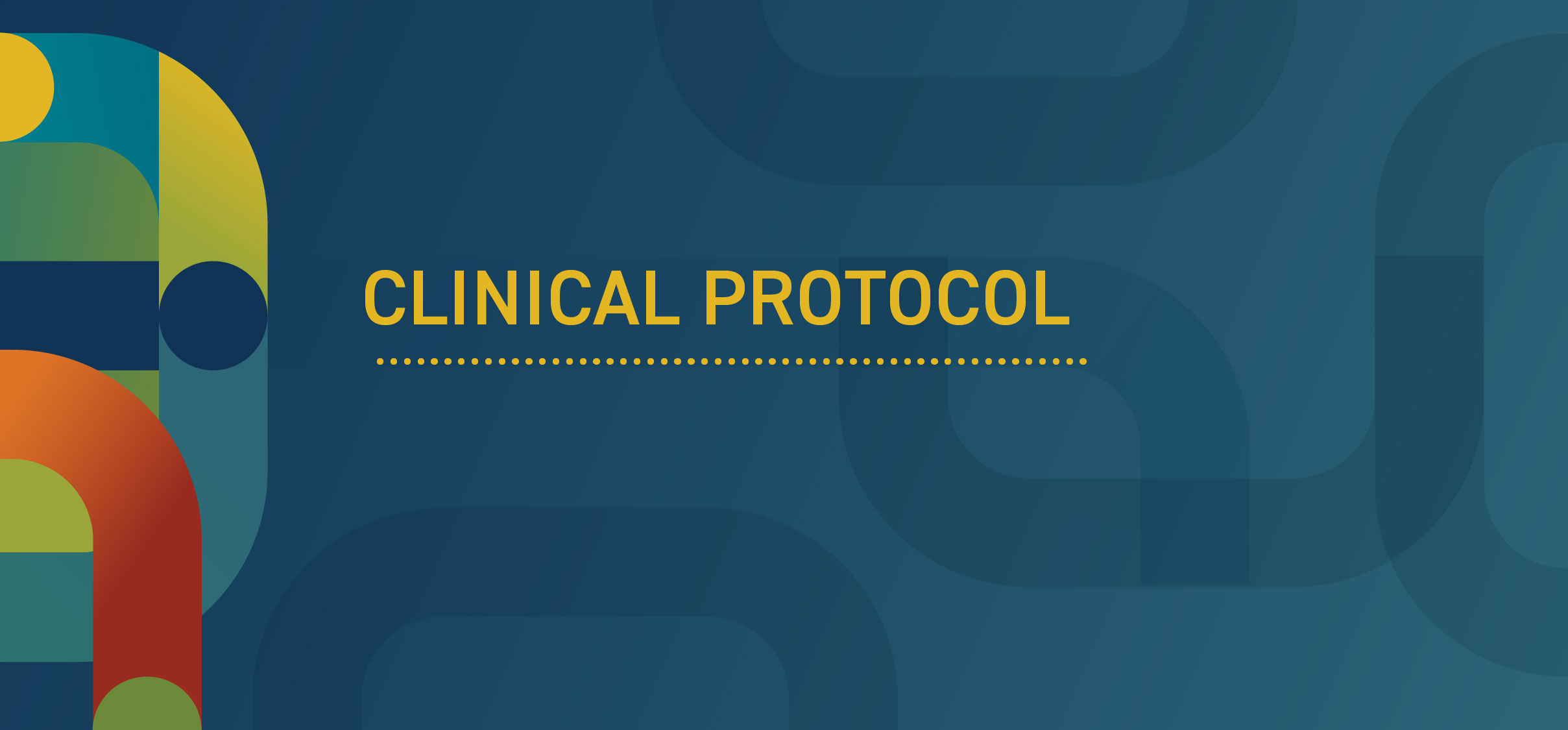
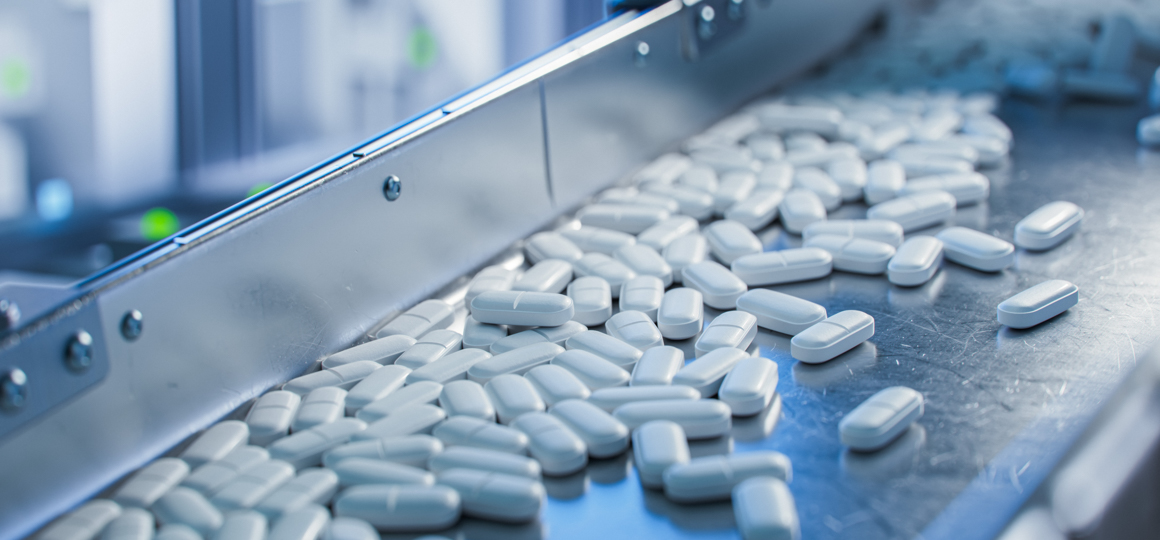
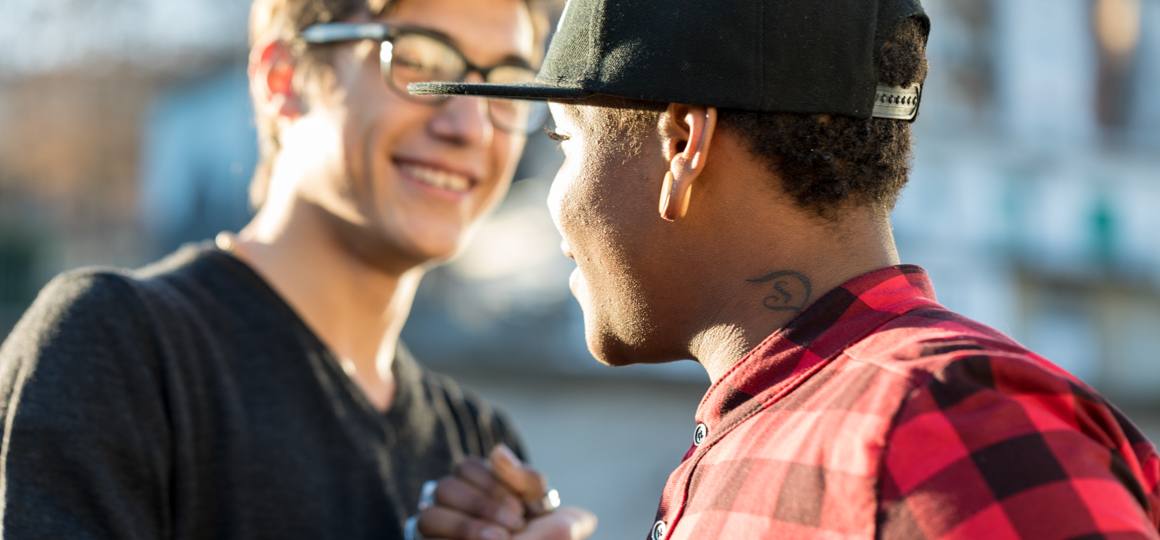
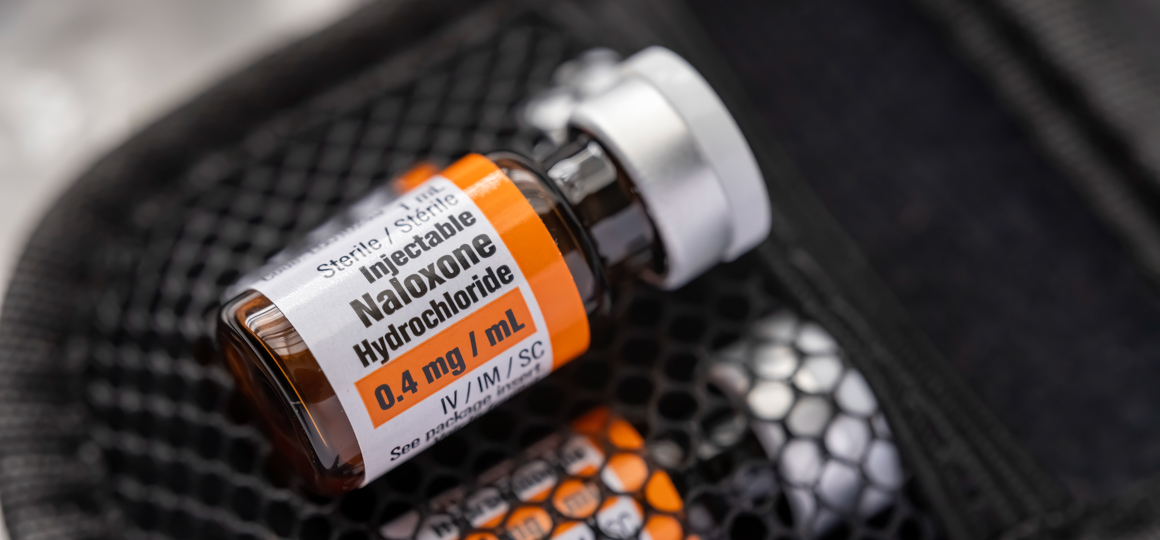

 I’M A CLINICIAN
I’M A CLINICIAN I’M A PATIENT
I’M A PATIENT